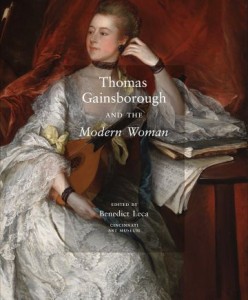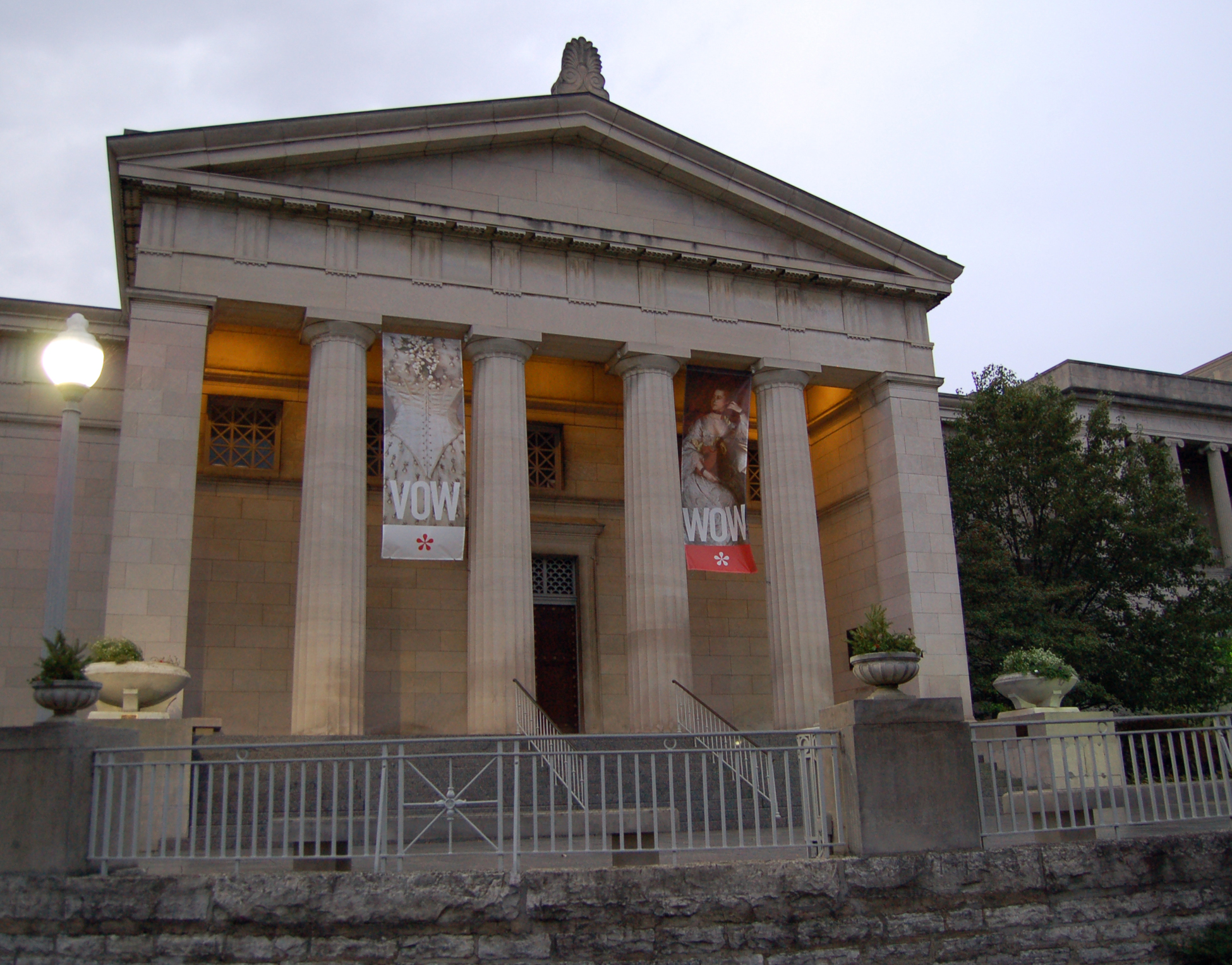 The storied, 129-year-old Cincinnati Art Museum is perhaps easy to miss. High on a hill just east of downtown Cincinnati, it is surrounded by the natural beauty of Eden Park. But its collection of over 60,000 works of art is far-reaching and definitive.
The storied, 129-year-old Cincinnati Art Museum is perhaps easy to miss. High on a hill just east of downtown Cincinnati, it is surrounded by the natural beauty of Eden Park. But its collection of over 60,000 works of art is far-reaching and definitive.
The exhibit Thomas Gainsborough and the Modern Woman, which opened last month at the CAM, is a shining example of the museum’s curatorial discernment and ingenuity.
Gainsborough (1727-1788) was born in East England, the youngest son of a textile maker who sent him to London to study engraving and then art. He married the illegitimate daughter of a duke, whose yearly annuity allowed the painter to be quite productive.
Benedict Leca, the CAM’s Curator of European Painting and Sculpture, has assembled a group of Gainsborough paintings from both sides of the Atlantic. The piece that initially captured his interest is a CAM holding: Gainsborough’s 1760 portrait of Ann Ford, a musician who aimed to raise her reputation and social standing with a beautiful, full-length image of herself – painted by Thomas Gainsborough. The colorful, newly restored masterpiece hangs with 15 other Gainsborough portraits at the museum today.
“We forget that these were radical paintings in the 18th century,” Leca told me by phone. “These are provocative women, provocatively painted.”
In the late 18th century, Georgian England was a state in transition. The old traditions of Europe began to lose favor as the new philosophies of the Enlightenment took hold. Curiosity, reason and enterprise began to replace religion and loyalty to the aristocracy as the bedrocks of the intellectual class. Instead of the staid masculinity that defined society for centuries, women moved into the public eye and gained a degree of independence.
Thomas Gainsborough ran up against the traditional art society of his day, though the royal family loved his work. He painted quickly and using a variety of methods, like large strokes and wet-on-wet. His biggest rival was Joshua Reynolds, a better-known English portrait artist who was the first president of the Royal Academy.
“Gainsborough recasted the traditionally dichotomized gendering of portraiture,” Leca said. The traditional views held that a skilled male painter actively makes an image of a passive female sitter. This painter made portraiture more active. “Gainsborough turned that upside down into a dynamic interchange that was based on complicity.”
Thomas Gainsborough and the Modern Woman is on display at the Cincinnati Art Museum through January 2, 2011. The Cincinnati Art Museum (map) is open 11am to 5pm Tuesday through Sunday. Admission is free to the public; parking is $4 for non-members. The Terrace Café, located in the museum, is open from 11am to 3pm, closed Mondays.
